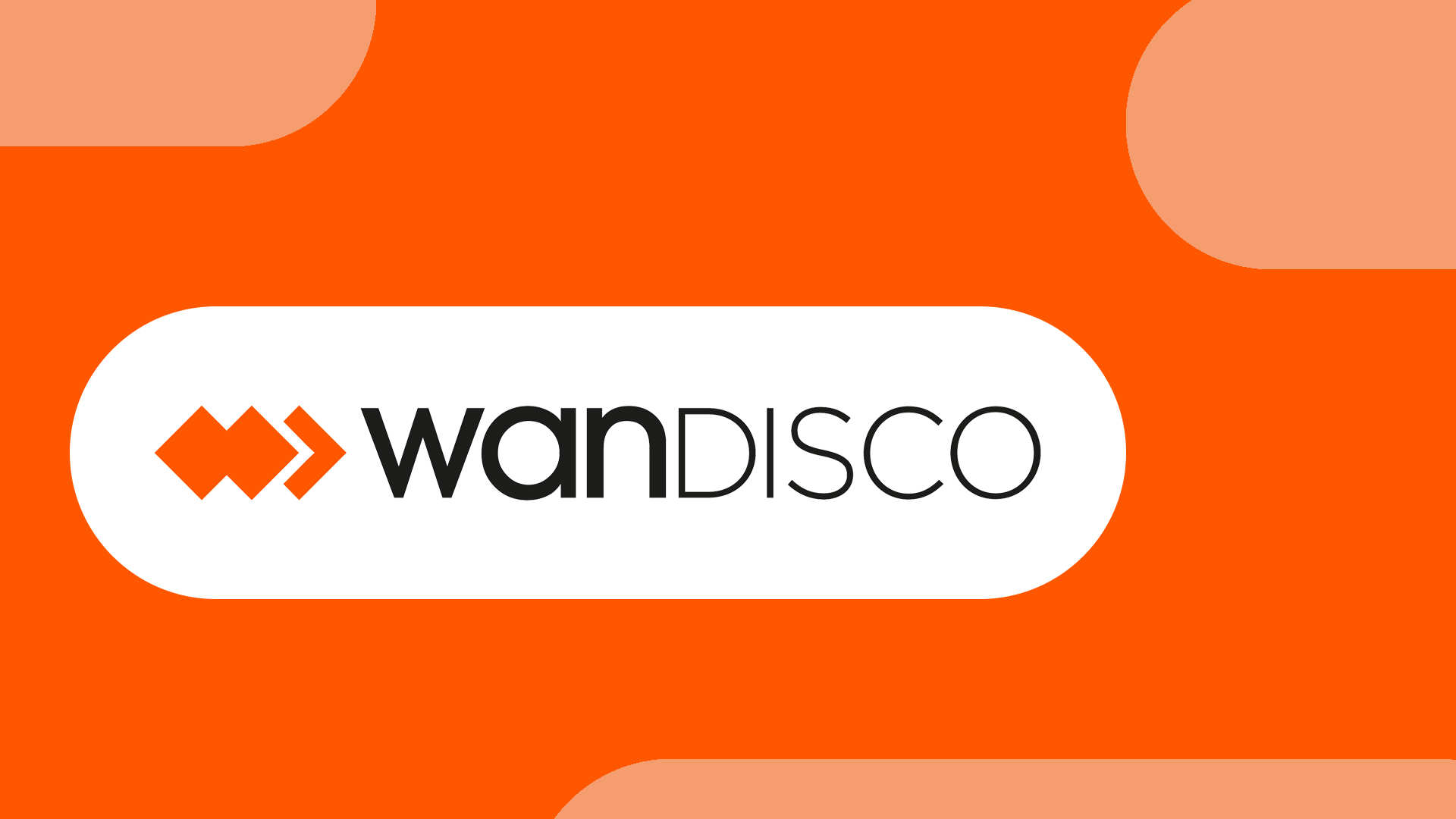How open source is fuelling an explosion in fintech innovation
Part 2 of our fintech series looks at the technology giving startups an advantage over traditional banks


The open nature of fintech is a clear break with traditional financial services. Where incumbent businesses have complex legacy IT systems often developed over decades the new fintech companies are small and agile, using open services to build their applications.
As consumers have continued to embrace digitisation in every part of their lives, they are driving the digitisation of the financial services they use, with payments leading the way.
The open technologies that fintech services are built upon are new and speak to the new age of financial services in the palm of consumers' hands.
"Fintech firms are establishing themselves not only as significant players in the industry, but also as the benchmark for financial services," states Ernst & Young in its Fintech Adoption Index.
"Their new propositions are increasingly attractive to consumers who are underserved by existing financial services providers, and their use will only rise as fintech awareness grows, consumer concerns fall, and technological advancements, such as open APIs, reduce switching costs."
The blockchain is a central technology that many fintech services have built themselves upon, especially across the P2P payments space. AI, Big Data and the cloud are all vital components of the services fintech companies are innovate with. Together with open APIs and intuitive UI's, these technologies form a new toolbox that each startups, in particular, are exploiting.
APIs have clearly had the most impact on the burgeoning fintech sector. Indeed, without them, these services could not exist. The API economy has been developing since the inception of the internet. Today, companies routinely develop APIs as a product to help businesses connect with their services.
Get the ITPro daily newsletter
Sign up today and you will receive a free copy of our Future Focus 2025 report - the leading guidance on AI, cybersecurity and other IT challenges as per 700+ senior executives
"In today's world, where on-demand is everywhere, and AI is at the centre of the way we interact with our products, customers want the same user experience across all aspects of their life," says Ajay Vij, SVP of financial services at Infosys.
"Startups that are able to leverage technologies such as these; those that are built from the ground up in today's mobile-centric world, are often able to better serve their customers through technology, whether that be predictive in-app customer support, machine learning powered product recommendations, or true omnichannel presence across all their devices."
For businesses across the fintech space, the diverse range of APIs and other technologies enables them to exploit niche markets with highly targeted apps. The most innovative apps are now also combining APIs from several sources with data, which is then analysed with AI technology.
The real winners here are the consumers who now have a rich landscape of financial apps they can choose from to meet their precise needs.
The nuts and bolts

With many of the leading fintech services built on the same technologies, this creates a culture of easy switching between applications, which has become highly popular with fintech early adopters. Users want frictionless financial services that either seamlessly work together or allow easy and secure switching.
They also tend to be platform agnostic, moving with trends or via cultural popularity across their social media networks. A great example is the rise of the sharing economy that is supported with mobile apps that use fintech services to make bookings and take payments.
The reason that fintech applications are so powerful is that they are all built on well-understood, open source tools and frameworks. The back end that fintech services use is invariably built using Java with the Spring Framework, favoured for its excellent security features. Other options do exist, including SDK.finance and .Net.
When it comes to building fintech apps themselves, a great deal of effort is placed on developing the user interface. This is vital, as users have been exposed to thousands of apps over the last few years and expect a highly professional design that works seamlessly a poorly designed or optimised application will never inspire the confidence needed to manage a user's personal finances.
Development environments such as React.js, Bootstrap, Angular.js and Material Design that uses the open source Materialize, are all commonly used to build fintech apps.
When it comes to full stacks, LAMP (Linux, Apache, MySQL and PHP, Perl or Python) is one of the most commonly used in fintech development, although new stacks are being introduced all the time most notably MEAN (MongoDB, ExpressJS, AngularJS and NodeJS).
When it comes to hosting completed apps, most companies turn to Amazon Web Services. A popular service is Amazon Neptune, a fully-managed graph-database designed to run applications that rely on connected datasets, such as those in fintech. Of course, Microsoft Azure, and to a lesser extent Google Cloud, are also popular choices given the size of their reach.
Open development

Monzo is one of a number of disruptive startups offering mobile-only banking
The fundamental difference between legacy IT with supporting financial service providers and the burgeoning fintech solutions, is the latter's agility within the market.
Those companies with existing IT investment will have evolved their systems over time, often with acquisitions. Modern fintech services have none of this rigid infrastructure, but are instead anchored to open systems on secure cloud services.
This speaks volumes about how the technologies that fintech is built upon relates directly to their target user groups. Couple fintech with the developing Open Banking initiative and you have a rich development space where fintech can thrive, as it meets the often-specific needs of narrow groups.
"Apps will certainly play an increasing role within the world of finance," says Jo Howes, commercial director at Crealogix. "You only have to look at the success of mobile-only challenger banks like Revolut, Monzo, and Starling to understand the potential that has been relatively unexplored by large established banks."
She adds that the implementation of Open Banking regulations at the beginning of this year is likely to "lead to an explosion of fintech apps" as a result.
The bank of Facebook

Abhijit Deb, head of banking and financial services at Cognizant, argues that fintech apps are likely to become as important for banking as Facebook is to social media.
"We are heading towards two billion people using mobile banking apps," says Deb. "Therefore, as we use smartphones more and we store our financial data in these, plus with Open Banking initiatives creating opportunity for disruption, future banking is starting to rely on these apps and evolve to create new ways of doing business.
"It is likely that fintech Apps will be part of the banking world just as Facebook, Google, Instagram are part of people's daily lives."
Research from LivePerson found that nearly half of Gen Z (born in the mid-1990s) respondents (43.2%) stated that they believe big technology companies such as Amazon, Facebook and Google could replace banks in the future. If given the choice, 28.6% of Millennials surveyed would choose Amazon or Google as their bank over their current bank.
Dan Harvey, a developer at digital innovation consultancy Futurice, says our interactions with fintech services are likely to become "almost completely transparent".
"The increasingly impressive strides that voice recognition is making, along with advances in natural language processing and chatbot technology, means that interacting with these services won't feel like using a computer (or phone) at all."
The impact that fintech could have on how we all manage and spend our money, and how businesses offer payment and other financial services looks set to change out of all recognition. The rich development environment that fintech is taking advantage of is a perfect storm of open architectures and a fertile API economy.
Image: Shutterstock
David Howell is a freelance writer, journalist, broadcaster and content creator helping enterprises communicate.
Focussing on business and technology, he has a particular interest in how enterprises are using technology to connect with their customers using AI, VR and mobile innovation.
His work over the past 30 years has appeared in the national press and a diverse range of business and technology publications. You can follow David on LinkedIn.
-
 The Race Is On for Higher Ed to Adapt: Equity in Hyflex Learning
The Race Is On for Higher Ed to Adapt: Equity in Hyflex LearningBy ITPro
-
 Google faces 'first of its kind' class action for search ads overcharging in UK
Google faces 'first of its kind' class action for search ads overcharging in UKNews Google faces a "first of its kind" £5 billion lawsuit in the UK over accusations it has a monopoly in digital advertising that allows it to overcharge customers.
By Nicole Kobie
-
 How to empower employees to accelerate emissions reduction
How to empower employees to accelerate emissions reductionin depth With ICT accounting for as much as 3% of global carbon emissions, the same as aviation, the industry needs to increase emissions reduction
By Fleur Doidge
-
 Worldwide IT spending to grow 4.3% in 2023, with no significant AI impact
Worldwide IT spending to grow 4.3% in 2023, with no significant AI impactNews Spending patterns have changed as companies take an inward focus
By Rory Bathgate
-
 Report: Female tech workers disproportionately affected by industry layoffs
Report: Female tech workers disproportionately affected by industry layoffsNews Layoffs continue to strike companies throughout the tech industry, with data showing females in both the UK and US are bearing the brunt of them more so than males
By Ross Kelly
-
 How can small businesses cope with inflation?
How can small businesses cope with inflation?Tutorial With high inflation increasing the cost of doing business, how can small businesses weather the storm?
By Sandra Vogel
-
 How to deal with inflation while undergoing digital transformation
How to deal with inflation while undergoing digital transformationIn-depth How can organizations stave off inflation while attempting to grow by digitally transforming their businesses?
By Sandra Vogel
-
 How businesses can use technology to fight inflation
How businesses can use technology to fight inflationTUTORIAL While technology can’t provide all the answers to fight rising inflation, it can help ease the pain on businesses in the long term
By Sandra Vogel
-
 Embattled WANdisco to cut 30% of workforce amid fraud scandal
Embattled WANdisco to cut 30% of workforce amid fraud scandalNews The layoffs follow the shock resignation of the company’s CEO and CFO in early April
By Ross Kelly
-
 Some Tech Nation programs could continue after Founders Forum acquisition
Some Tech Nation programs could continue after Founders Forum acquisitionNews The acquisition brings to a close a months-long saga over what the future holds for Tech Nation initiatives
By Ross Kelly